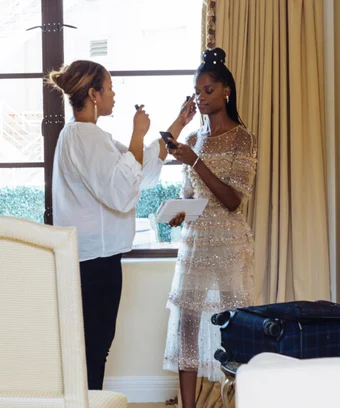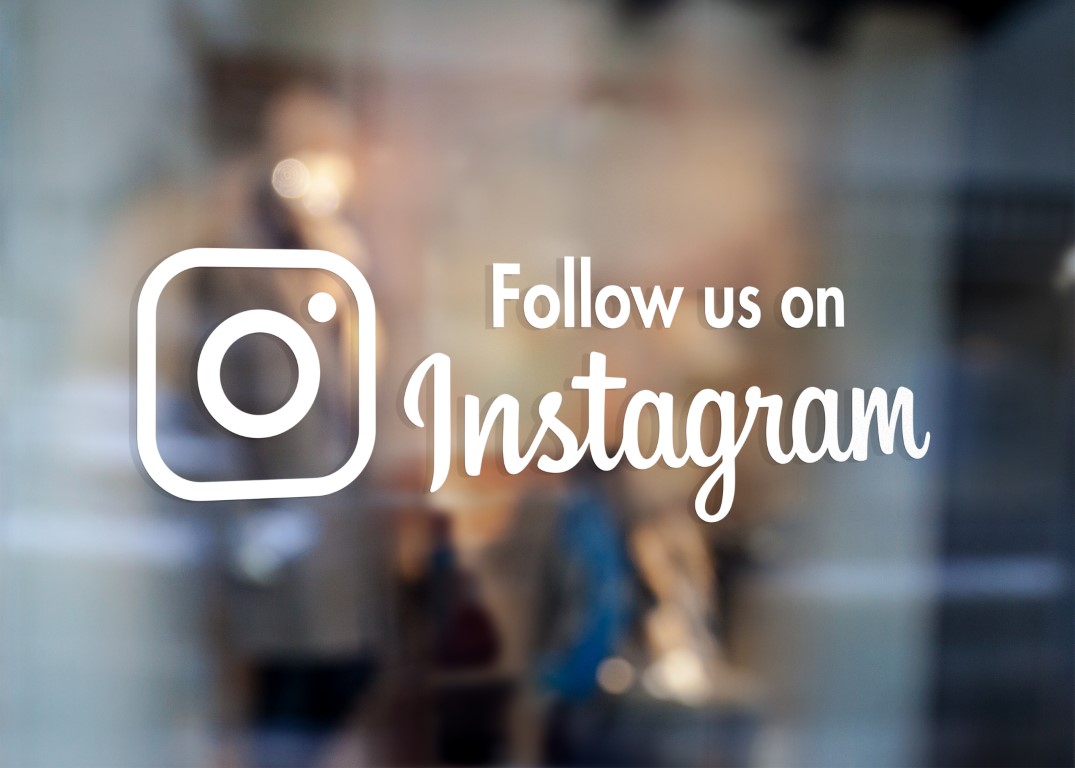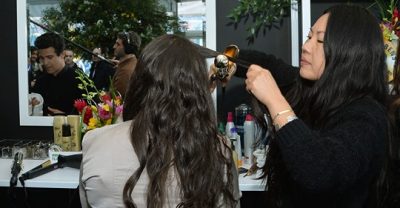
Their Instagram feeds might look glossy and curated, but in real life, artists are vulnerable and scrambling for work.
This past February, like so many others in her 25 years as a freelance makeup artist, Rachel Goodwin boarded a plane from LAX to Paris with a 50-pound bag of makeup and a calendar full of Fashion Week gigs. “By the time I got there, it was like the whole world had changed,” she tells Refinery29. “The Louvre was being shut down, my clients were not going to the shows, and I was getting on a plane to come home because of COVID,” she says. “My world has not been the same since.”
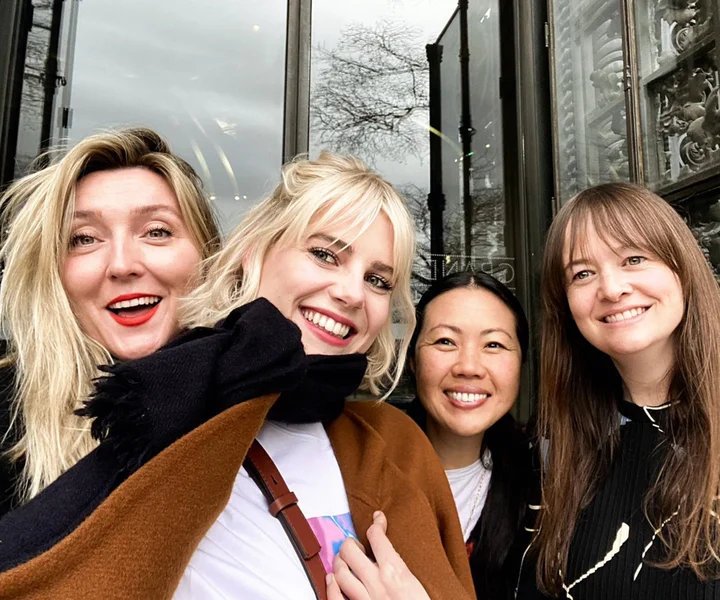
_______________________________
The Real Cost Of Celebrity Beauty
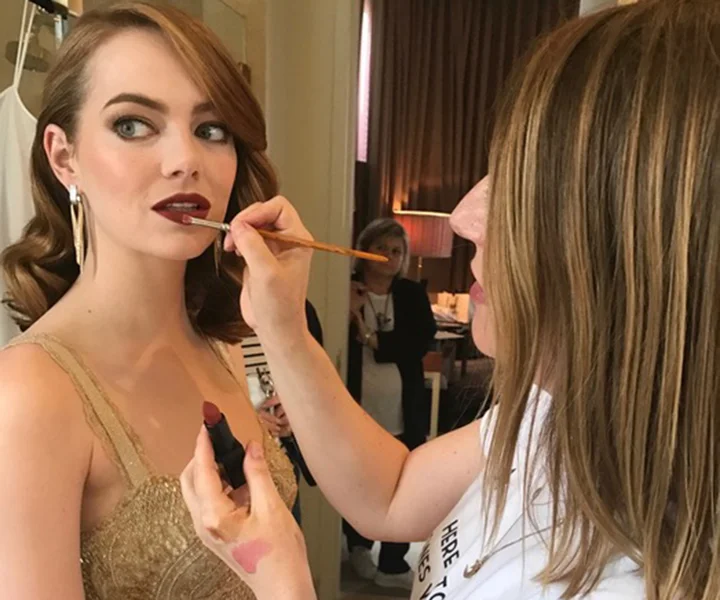
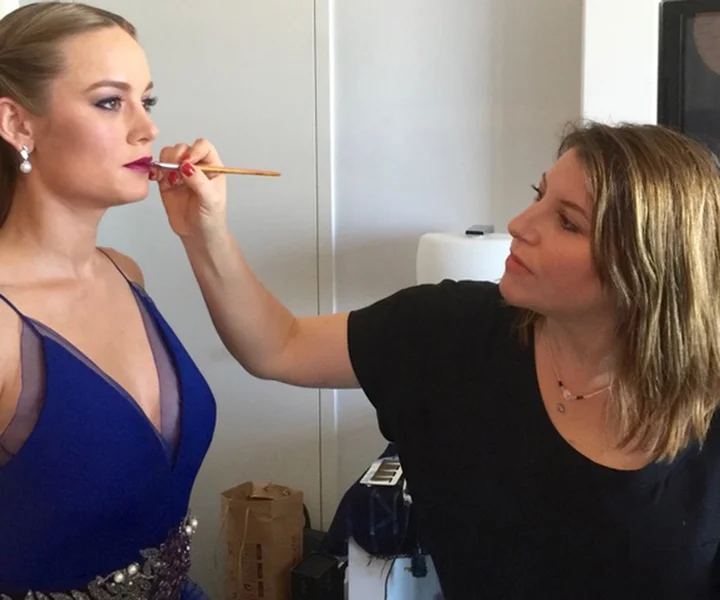
____________________________________
Financial Worry Despite Fiscal Responsibility
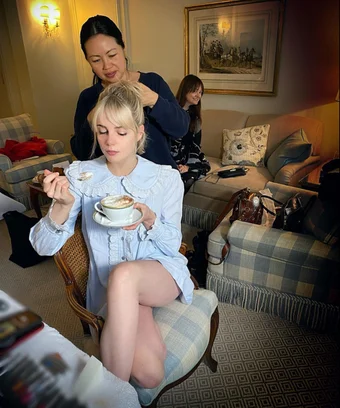
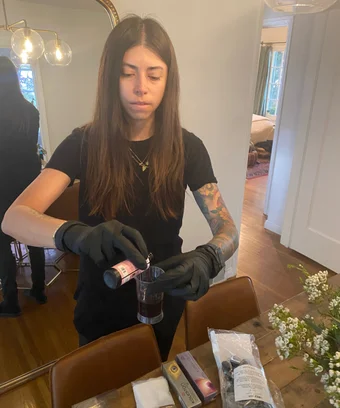
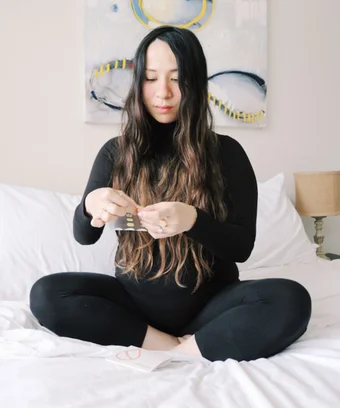
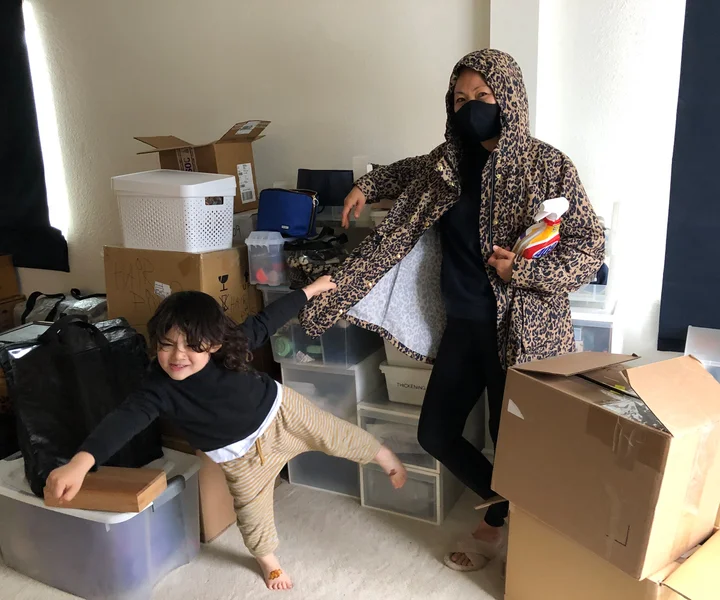
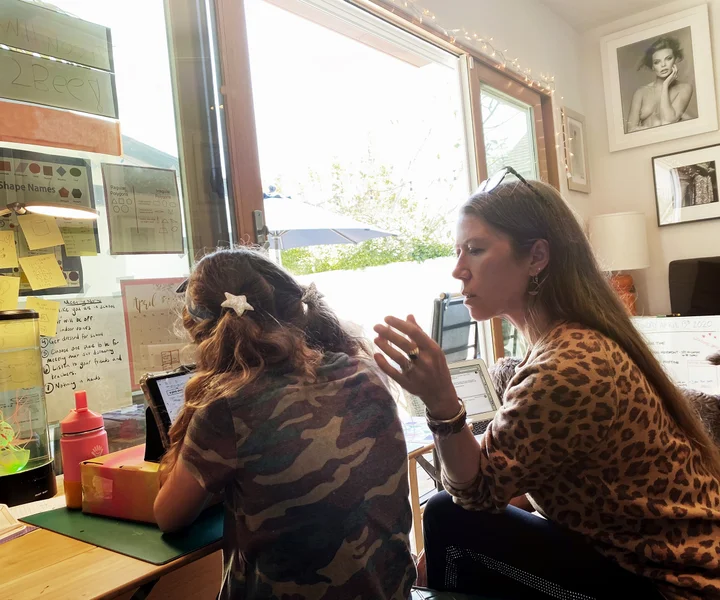
From Hands-On To Hands-Off
